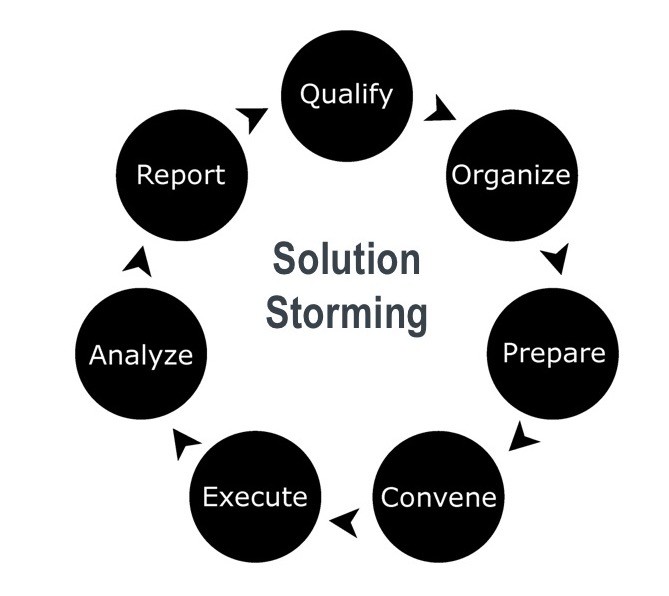Whether you are a corporate recruiter serving a hiring manager or a marketing analyst serving a sales manager, being seen as a strategic partner is key to your success. It also gives your work more meaning and can only grow your career equity.
Over the years, I’ve worked with a variety of central services groups to help them partner with their internal customers. Much of the research and advice out there focuses on what we can do above and beyond our charter for our internal customers. I’ve always gravitated towards this idea, because in my view, deep relationships come from feeding what I call “The Favor Economy.”
But late last year, I discovered a surprising way to partner with internal customers: Ask them to join one of your collaboration projects. In other words, ask for a favor. Really. Here’s the insight: Partnerships come from mutual trust and teamwork. While we spend so much time trying to get others to trust us, my research suggests that you only gain the trust you are willing to extend. Because trust is a two-way street.
In this situation, the marketing services group at a software company created a collaboration project to improve how they delivered assets to sales and business development. They knew they needed to improve their look-and-feel of delivery reports, packaging of marketing assets and most importantly, better feedback loops. Traditionally, they did this on their own, or in collaboration with one of their ad agency partners. My advice to them was to spread out, find stakeholders in their internal customer groups, and follow a process that creates real teamwork and a win/win outcome. My technique is Solution Storming.
To organize their collaboration team, they strategically recruited internal customers from those two groups, gathering champions, detractors, influencers and what CEB calls “sages.” It was actually pretty easy to recruit them, because if marketing services improved their delivery process of assets, it could only benefit the sales and BD group. They had a stake in the outcome that incentivized them to help. Surprisingly, instead of seeing this as ‘extra work’, they were happy to be asked for feedback and involvement.
The team leader in marketing services created a succinct but transparent brief about the project, including current efforts, feedback received, budget and timing constraints they faced and what upside process improvement could have on revenue production. At the end of the brief, they gave ‘thinking assignments’ to sales and BD leaders on the team.
As they convened in collaborative meetings, they focused on the improvements, but did not ignore off-topic complaints or issues. They had a “parking board” flip chart for those issues, which were covered in the last 10 minutes of their meetings after they’d hatched a process improvement strategy and next steps.
Most importantly, they stayed in contact with their collaborative teammates throughout the process, even attending some of their internal meetings to demo what they were working on together and gather feedback. They reported on progress, and as little wins added up, gave recognition to team contributors (especially in the internal customer group).
This project produced a Delivery Dashboard, which replaced their email method of delivering assets and research. It was available to internal customers both on desktop and mobile. It allowed commenting, edit requests and quality ratings. It also enabled uploads by internal customers, which led to ongoing collaboration about specific assets and how they could be customized to customer situations.
The project was a big success for both sides of the table. Sales and biz-dev received more value from marketing services, and just as important, respected and appreciated what they produced. Marketing services built deeper relationships with their internal customers and were later invited to participate in deal-level or product-launch collaborations with sales. That’s when they were able to demonstrate the strategic value of marketing services beyond a new promotional campaign, design work or campaign analysis.
What I took away from all of this is that to partner with another group at your company, creating a mutually beneficial conversation is the starting point. You can’t just wait for them to reach out to you for help, because likely, they don’t realize your added value yet. Be proactive and think of them as strategic partners to your success, invite them into your world, and you’ll make great progress at solidifying your seat at the table.



